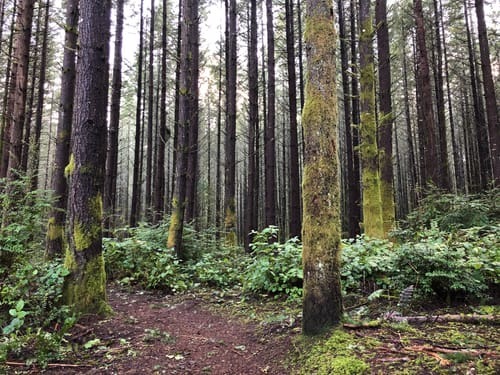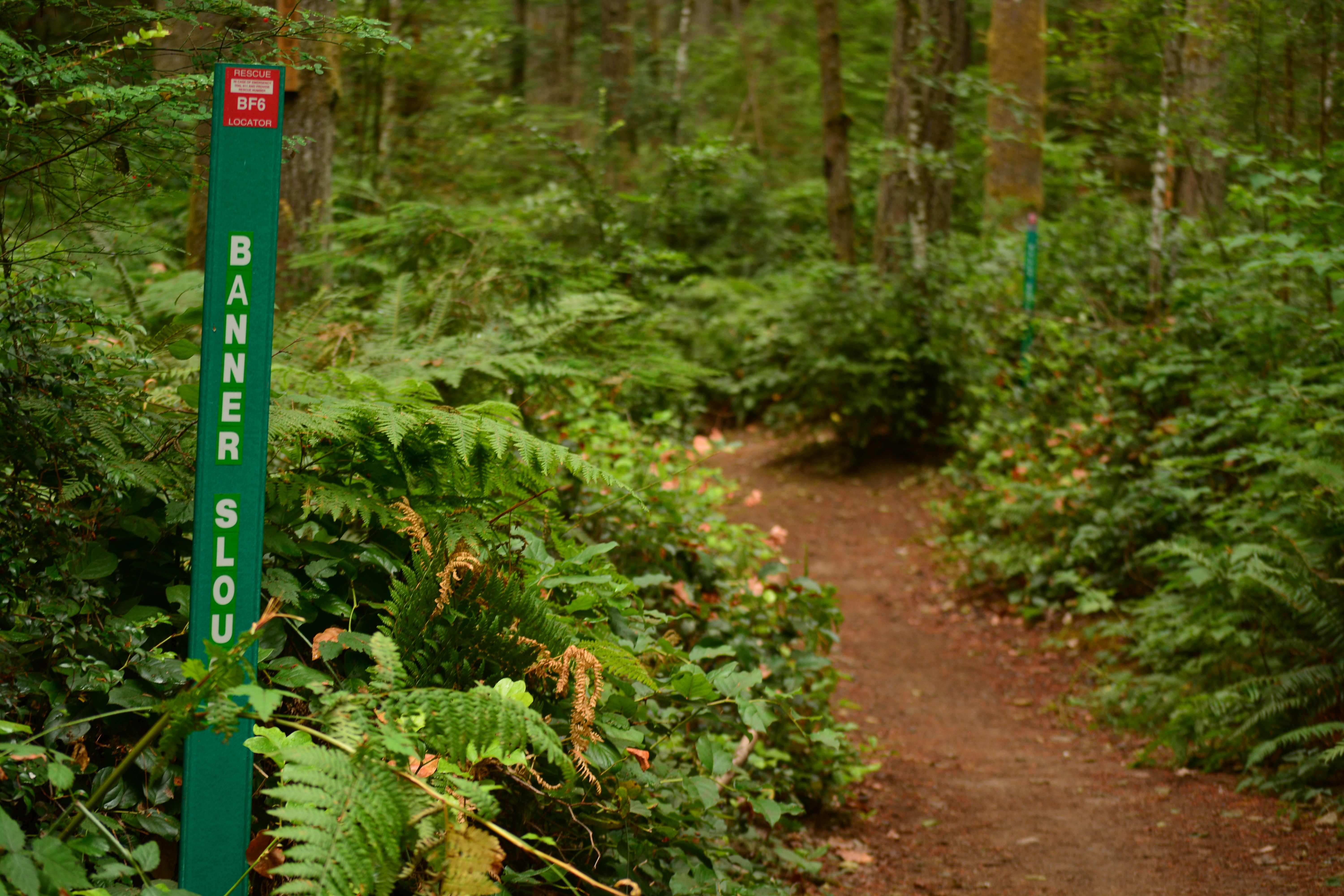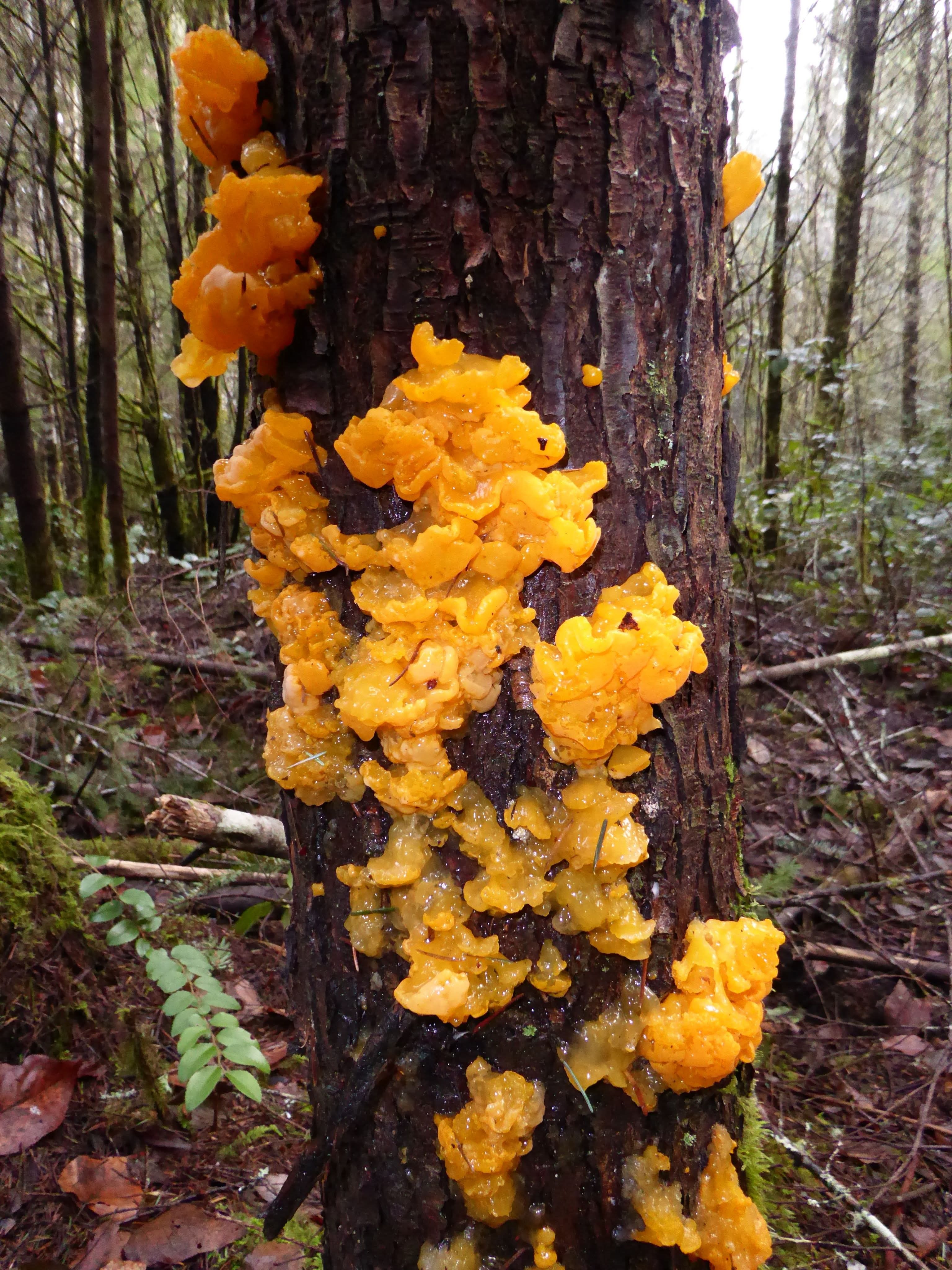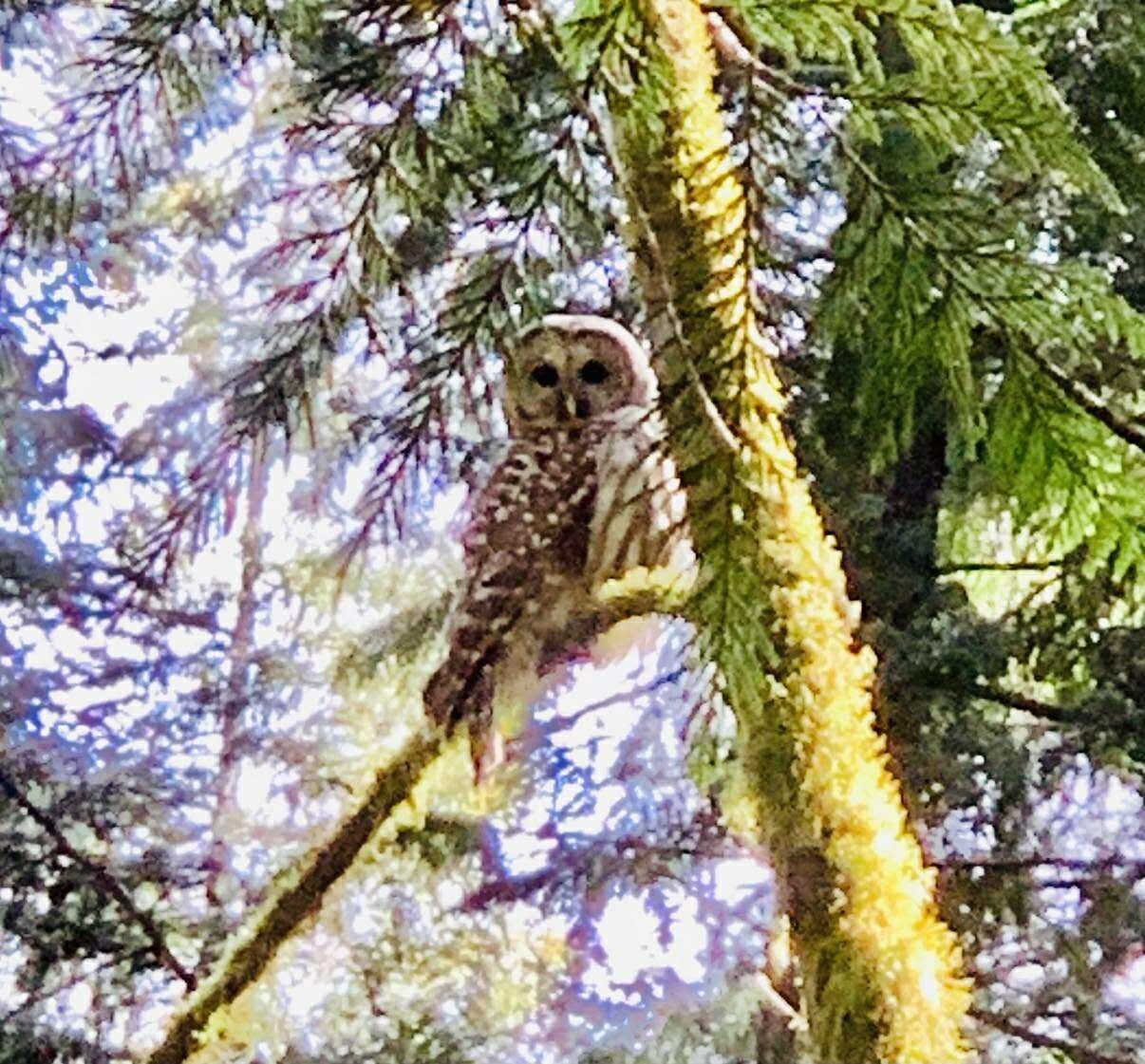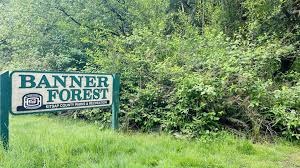Help Save Banner Forest Heritage Park: Oppose Destructive Thinning and Advocate for Passive Management to Protect Biodiversity, Recreation, and Safety!
Dear Friends, Neighbors, and Environmental Stewards,
Banner Forest Heritage Park, a 636-acre treasure in Port Orchard, Washington, is more than just a park—it's a vital community refuge for hiking, equestrian trails, mountain biking, and wildlife watching. Designated as a heritage park in 2000 with strong community support and protected by a 139-acre wetland conservation easement, Banner was created to preserve a diverse ecosystem for recreation and ecological health, *not* for timber production. Yet, Kitsap County Parks is pushing a "selective thinning" project that would remove up to 50% of the trees—primarily high-value, marketable Douglas firs—across 426 acres starting in 2026, potentially generating $691,000 in revenue from timber sales. This aggressive intervention risks turning our shaded, resilient forest into a disturbed landscape plagued by invasive species and heightened fire dangers, all while the county's draft plan lacks transparency on tree selection, invasive mitigation, and true ecological benefits.
We're launching this GoFundMe to raise $15,000 for a comprehensive defense effort: hiring an environmental lawyer to challenge the project legally, consulting environmental specialists for independent assessments, and funding public education to rally community support. Your donations will empower us to hold the county accountable under Washington state's Forest Practices Act (RCW 76.09) and ensure Banner remains a thriving, passive-managed heritage site. Join the growing opposition—over 2,400 individuals have signed the Change.org petition "Stop Logging in Banner Heritage Park's Natural Forest" (launched July 29, 2025), specifically in support of NOT using selective thinning, and coverage in the Kitsap Sun (August 1, 2025) shows we're not alone!
**The Issue: Why Thinning Threatens Banner's Core Purpose**
Banner's forest originated as a mid-20th-century Douglas fir plantation, leading to dense stands with slow growth. However, as a heritage park, its management should prioritize biodiversity, recreational enjoyment (like shaded trails safe for equestrians), and long-term ecological health over revenue. The proposed thinning—removing 40–50% of the canopy to "improve resilience"—mirrors commercial timber practices, not stewardship for public lands. It could disrupt the park's moist microclimate, fragment habitats, and prioritize short-term profit from merchantable firs, conflicting with the park's designation.
Scientific evidence clearly supports **passive management** (minimal or no intervention, allowing natural processes like self-thinning and succession) as the superior strategy for Banner's goals. In Pacific Northwest second-growth forests like Banner's, passive approaches foster greater biodiversity by preserving complex understory layers and shade-tolerant natives, outperforming active thinning which often homogenizes ecosystems and reduces habitat diversity. For instance, USDA Forest Service research shows that benign neglect in conifer-dominated stands allows for increased species richness and resilience without the trade-offs of mechanical disturbance, making it ideal for recreational forests where human enjoyment depends on natural aesthetics. Active thinning, by contrast, can delay biodiversity recovery and favor timber-focused outcomes, as seen in studies comparing management in mature Douglas-fir forests. Passive management also enhances carbon sequestration and wildlife refugia in urban-adjacent areas like Kitsap County, aligning perfectly with Banner's low-disturbance, moist climate.
**The Risks: Invasives and Fire Hazards from Thinning**
Thinning's soil disturbance and canopy gaps create ideal conditions for invasives, directly threatening Banner's diverse ecosystem. Scotch broom (Cytisus scoparius) and Himalayan blackberry (Rubus armeniacus) thrive in post-thinning sites, outcompeting natives like salal and ferns—as already happened at nearby Newberry Hill Heritage Park, where understory was decimated after similar work. USDA data confirms Himalayan blackberry invades open forests and clear-cuts in the Pacific Northwest, forming dense thickets that block trails and reduce recreational access. Scotch broom similarly dominates disturbed areas like log landings, altering soil chemistry to suppress natives and degrade habitats.
Worse, these invasives amplify fire risks in Douglas-fir forests. Scotch broom is notoriously flammable due to its volatile oils and dry structure, carrying fires rapidly and creating ladder fuels that threaten Washington's urban-wildland interfaces. In Douglas-fir stands, broom invasion post-thinning can increase wildfire intensity, as noted in Washington state studies, countering any supposed "resilience" benefits and endangering park users and nearby homes. Passive management avoids these risks by maintaining the intact canopy that naturally suppresses invasives and moderates fire behavior.
**Why We Need Your Support: Breaking Down the Funds**
To fight this, we must act strategically. The county's plan lacks detailed silvicultural prescriptions and third-party validation, making legal and expert intervention essential. Here's how donations will be used (full transparency via updates and receipts):
- **Hiring an Environmental Lawyer ($8,000)**: Washington state environmental attorneys specialize in forest disputes, litigating under the Forest Practices Act to challenge inadequate assessments and ensure compliance with heritage park protections. For example, roles like those at the WA Attorney General's Environmental Protection Division or firms handling natural resource cases focus on lawsuits against mismanaged public lands. Funds will cover consultations, filing injunctions, and representation in Parks Advisory Board hearings or court to halt thinning until passive alternatives are evaluated. Organizations like the American Forest Resource Council hire staff attorneys specifically for defending sustainable forest management against overreach— we'll leverage similar expertise to protect Banner.
- **Consulting Environmental Specialists ($4,000)**: Independent ecologists and foresters (e.g., from universities or firms like those in WA's environmental job market) will conduct biodiversity audits, fire risk models, and invasive species surveys tailored to Banner. This provides unbiased data to refute the county's claims, similar to assessments in PNW forest resilience planning. Specialists can testify at public meetings, proving passive management's superiority for Banner's ecosystem.
- **Public Education and Outreach ($3,000)**: To build widespread support, funds will support flyers, social media ads, informational webinars, and events like guided park tours highlighting risks. We'll partner with groups like the Banner Forest Stewardship Group (Facebook) and Great Peninsula Conservancy to educate on passive vs. thinning benefits, drawing from resources like the Change.org petition and local media. This amplifies voices, pressures commissioners, and ensures informed community input under county codes.
We assure all donors that spending on collected funds will be transparently reported back to the community through regular GoFundMe updates, detailed receipts shared publicly (e.g., via the Banner Forest Stewardship Facebook group and email newsletters), and a final comprehensive report at campaign close. This ensures accountability and builds trust in our shared mission to protect Banner Forest.
Every contribution counts—$25 covers printing materials, $100 funds a specialist report section, $500 supports legal filings. As fiscal conservatives and nature lovers, we aim for efficient use: 100% toward the cause, with progress updates and a final report.
**Join the Fight – Donate Today!**
Banner Forest is our public trust—let's preserve it for shaded trails, diverse wildlife, and safe recreation. Share this with fellow hikers, equestrians, and Kitsap residents. For more, visit the petition Save Banner Forest Petition or Kitsap Sun article https://www.kitsapsun.com/story/news/2025/08/01/kitsap-county-plan-for-logging-at-banner-forest-draws-response/85459875007/. Together, we can choose passive management and win!
Thank you for protecting Banner's legacy.
Sunnie Merritt & the Banner Forest Defense Team
Contact: [email redacted]

